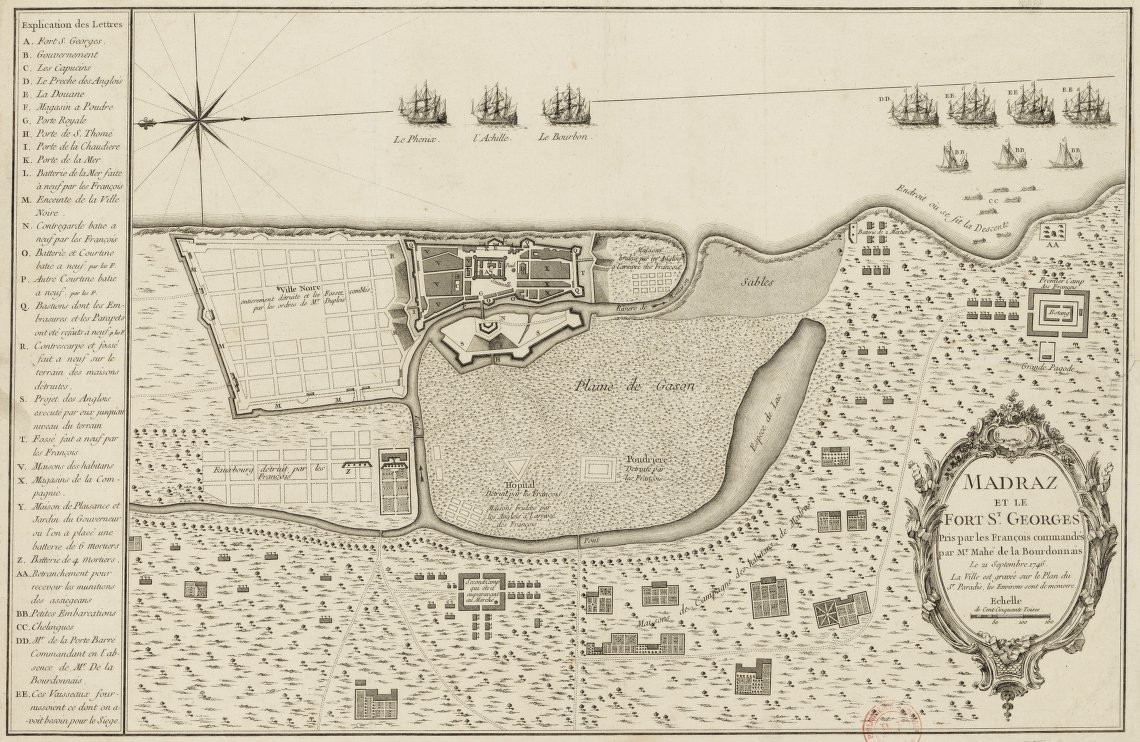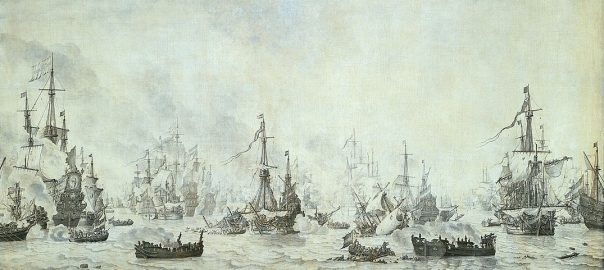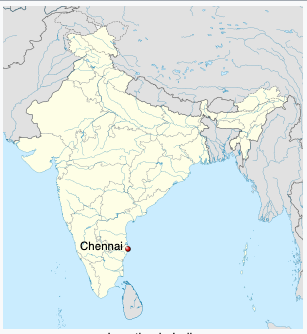In 1639 CE, without a doubt, the three main developments in Western imperialism were as noted in the headline, so more on each of these below.
Three smaller incidents were:
- A bunch of Catholic lay leaders in France established something called the Société de Notre-Dame de Montréal pour la conversion des Sauvages de la Nouvelle-France. This organisation led to the founding of a settlement in present-day Canada called Ville-Marie, which would later become Montreal. It turned out the “sauvages”, that is the indigenous Iroquois people, did not want to be converted. There were numerous fierce battles. In 1663 the Society of Notre Dame was dissolved but the settlement continued.
- Those English planters in Barbados, who having wiped out most of the indigenous population had already started to import significant numbers of enslaved people from Africa to work their plantations, decided to have a (Whites-only!) “House of Assembly”. Another victory for “democracy” in the New World. (Irony alert.)
- In the world of large land-based empires, the Safavid empire concluded a peace treaty with the Ottoman empire at Zuhab. “The accord ended the Ottoman-Safavid War of 1623–1639 and was the last conflict in almost 150 years of intermittent wars between the two states over territorial disputes. It can roughly be seen as a confirmation of the previous Peace of Amasya from 1555.”
Dutch beat Spanish in big sea-battle
On October 21 (Gregorian), 1639, a Dutch fleet inflicted a decisive defeat on a Spanish fleet in something called the “Battle of the Downs”. (The Downs is a name mariners used for the patch of the North Sea lying off the coast of Kent.)
As you will recall, though the seven, mainly Protestant, Netherlands United Provinces (UPs) had declared their secession from Spain in 1581 and since then had maintained and strengthened their polity and built it into a powerful global empire, the Spanish Crown still controlled the southern provinces of the Netherlands and remained dedicated to crushing the independence of the UPs. Intermittently since the late 1560s, the Spanish had fiercely battled the Protestant rebels in northern Netherlands, by land and by sea. But in 1635 France had entered the big intra-European imbroglio called the Thirty Years War and cut off Spain’s ability to resupply its fighters in Netherlands by land. They had to be resupplied by sea!
The Spanish sent a resupply fleet consisting of 38-53 warships. The Dutch naval authorities had gotten wind of the project and assembled a fleet of 95 warships to confront them. There was some apparently fierce fighting. (Read about it here.) The Dutch won. Spain lost 6,000-7,000 men and more than 25 ships. The Dutch lost fewer than 1,000 men and between one and ten ships.
English-WP summarizes the after-effects of the battle (not very clearly) thus:
The celebrated Dutch victory marked a significant moment in the shifting balance of naval power. However the larger part of the infantry managed to reach Flanders along with all the money. Of the ships that succeeded in breaking through the blockade, many were severely damaged. Spain, straining under the vast commitments of the Thirty Years War, was in no position to rebuild its naval dominance. Fighting over trade continued between Dutch and Dunkirker [pro-Spanish] forces and the convoy itself was just one of a number; but these convoys paid a heavy price in lives and ships in running the Dutch blockades. These complicated operations in the Low Countries had left the overall Spanish Habsburg forces and finances in a precarious situation. The Dutch, English, and French were quick to take advantage by seizing some small Spanish island possessions in the Caribbean. But by far the worst effects for Spain were the increased difficulties it suffered in maintaining its position in the Southern Netherlands.
The banner image above is a detail from “The Battle of the Downs” by Willem van de Velde, 1659.
English start building fort in Madras/Chennai
Chennai, the capital of the Indian state of Tamil Nadu, is today one of the largest cultural, economic and educational centers of south India. In the 2011 Indian census, it was the sixth-most populous city and fourth-most populous urban agglomeration in India. It started out life in 1639, as Madras, a town that grew up around a big trading/raiding fort that the English EIC established there starting in 1639.
This page on Chennai on English-WP tells us:
On 20 August 1639 Francis Day of the East India Company along with the Nayak of Kalahasti… travelled to the Chandragiri palace for an audience with the Vijayanager Emperor Peda Venkata Raya. Day was seeking to obtain a grant for land on the Coromandel coast on which the Company could build a factory and warehouse for their trading activities. He was successful in obtaining the lease of a strip of land about 10 kilometres (6 mi) long and 1.6 km (1 mi) inland in return for a yearly sum of 500 lakh [=50 million] pagodas [a gold coin]. On 22 August, he secured the land grant from the local Nayak. The region was formerly a fishing village known as “Madraspatnam”. A year later, the Company built Fort St. George, the first major English settlement in India, which became the nucleus of the growing colonial city and urban Chennai, grew around this Fort.
This other page on English-WP explains the reasoning of the EIC officials:

The EIC… had begun licensed trading at Surat, which was its initial bastion. However, to secure its trade lines and commercial interests in the spice trade, it felt the necessity of a port closer to the Malaccan Straits, and succeeded in purchasing a piece of coastal land, originally called Chennirayarpattinam or Channapatnam, where the Company began the construction of a harbour and a fort. The fort was completed on 23 April 1644 at a cost of £3,000, coinciding with St George’s Day, celebrated in honour of the patron saint of England. The fort, hence christened Fort St George, faced the sea and some fishing villages, and it soon became the hub of merchant activity. It gave birth to a new settlement area called George Town (historically referred to as Black Town [!]), which grew to envelop the villages and led to the formation of the city of Madras. It also helped to establish English influence over the Carnatic [the coastal southeast of the sub-continent] and to keep the kings of Arcot and Srirangapatna, as well as the French forces based at Pondichéry, at bay. In 1665, after the EIC received word of the formation of the new French East India Company, the fort was strengthened and enlarged while its garrison was increased.
Massacre of Chinese in Luzon, Philippines
I found it hard to get much information on English-WP about this massacre, one of three carried out in the 17th century against rebelling Chinese residents of the Spanish-controlled Philippines. That WP page says only this about the 1639 massacre: “The Spanish and their Filipino allies carried out a large-scale massacre, in which 17,000 to 22,000 Chinese rebels died.”
I did however find this 1970 article by the Jesuit Charles J. McCarthy on JSTOR. It is titled “Slaughter of Sangleys in 1639”. The term “Sangleys” here seems to refer to Chinese residents of the Philippines in general, not mixed-race Chinese-Filipinos which is probably a more common use. His text, which seems based on Jesuit records, makes clear that Sangleys had been forced by the Spanish to work in the rice-fields of Luzon where the work was back-breaking and the environment badly malarial. They had launched an uprising, of which he writes: “This was hardly an anti-Spanish rising, much less anti-Filipino. It was a bid for survival by cornered men.” (p.659). He also makes clear it was the Spanish who broke a truce that was at one stage being negotiated (p.660).
I poked around a little more and found this informative web-page that contains excerpts from this 1908 book by Berthold Laufer: The relations of the Chinese to the Philippine Islands. In it, Laufer wrote:
The history of the Spaniards on the Philippines is an endless chain of frictions and struggles with the Chinese immigrants and settlers, so that the history of the Philippines during the last three centuries is very closely interwoven with an account of the relations between these two peoples. The trade with China was by far the most important business of the Spanish colony– and with it the fortunes of the colony rose and fell.
(Of course, if we are talking about “immigrants and settlers”, how about the Spanish??)
The book does look pretty interesting as a general survey of Chinese-Spanish relations in the Philippines, since Laufer uses a lot of Chinese sources. In the excerpts posted online, however, he doesn’t say much specific about the 1639 massacre.

